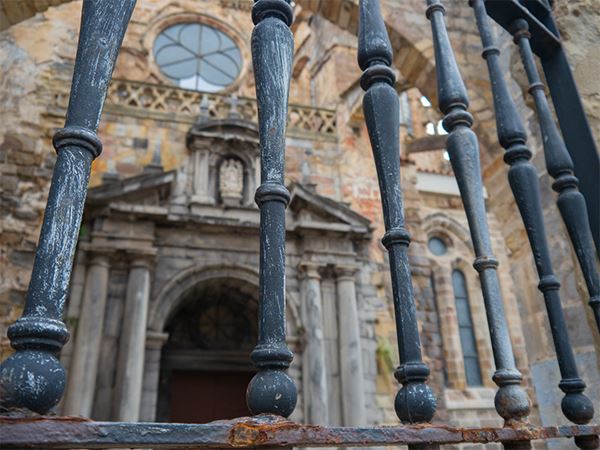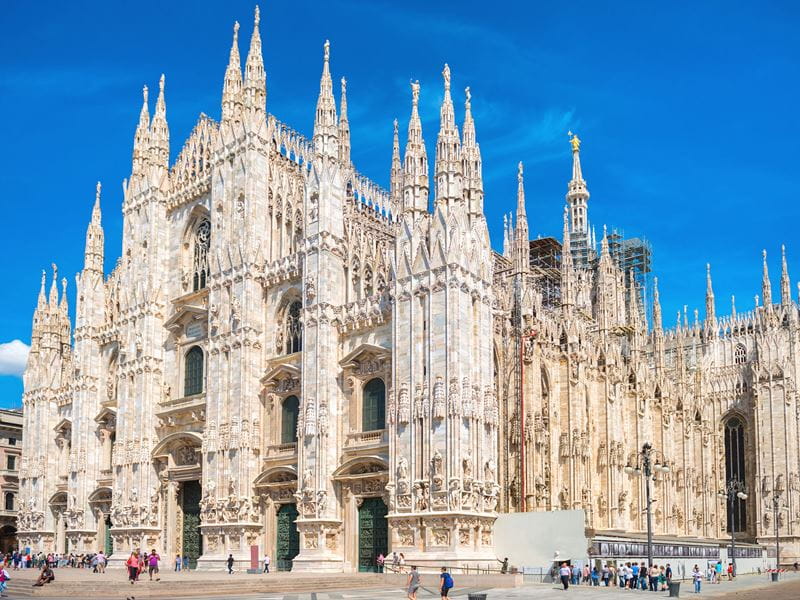
- Trending:
- Pope Leo Xiv
- |
- Israel
- |
- Trump
- |
- Social Justice
- |
- Peace
- |
- Love
The 100 Most Holy Places On Earth
Duomo di Milano

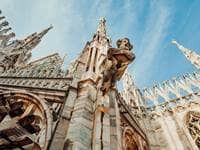
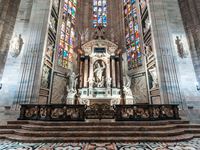
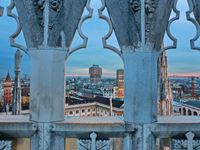
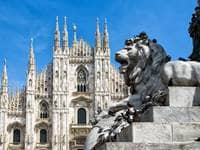
Associated Faiths:
Roman Catholicism
Also ocassionally visited by Christians of other High and Low-Church traditions
Accessibility:
Open to visitors. Shoulders and thighs have to be covered at all times. No short dresses, tank tops or shorts.
Annual Visitors: 5,000,000
History
The Cathedral Church of Milan rests at the heart of the city—at its very center. So central is Duomo Di Milano to the city, that the streets of the original and ancient municipality actually radiate out from the Basilica, and other roads incircle it. Thus, from an arial view, the appearance is akin to a bullseye, with the cathedral at its center.
The original cathedral built on this spot was dedicated in AD 355. However, a fire broke out in the building in the 11th century, destroying much of the original building. This provoked the erection of a new edifice resting on the same site as where the original church, the Archbishop’s palace, and St. Stephen’s baptistry had once stood.
The original octagonal baptistry, dating from the 4th century, has survived into the 21st century. It stands underneath the current cathedral. Tourists can view it while visiting the church and exploring the area beneath the sanctuary.
Near the end of the 14th century, ground was broken for the construction of the current Duomo Di Milano. It is said that the building was created primarily to honor the people of Milan who had endured tyrannical treatment by the Lord of Milan, Barnabò Visconti. He is famous for being ruthless toward his subjects, and the cathedral is a monument to what they endured at his hands. (The Italian statesman and soldier had died only one year prior to the beginning of construction on the cathedral.)
The early stages of construction were plagued by “perceived problems,” as the builders did not understand a number of principles basic to modern structural engineering and, therefore, it was feared that the foundations of the building simply would not survive. While this turned out to not be true, the concerns slowed construction to some degree, and certainly inspired improved techniques for building. Because of financial challenges and a lack of vision regarding the building’s end design, much of the 15th century saw no significant construction on the sacred site. In 1488, Leonardo da Vinci and others submitted design recommendations (for the central cupola of the cathedral). In the end, Leonardo withdrew his recommendations, and another design was chosen.
From the time of the groundbreaking (AD 1386) until the building’s completion (AD 1965), numerous architects were in charge of the design of the building. Thus, it has components which are decidedly Gothic and others which are definitely in the style of the Renaissance. This amalgamative style is a result, not only of the fact that it took nearly 600 years to complete the cathedral, but also because various architects kept changing the stye of the building while it was under construction. Consequently, the architecture of the edifice does not neatly fit into a singular style from a particular era. Owing to the fact that there are still some uncarved blocks of stone, which were intended to be used as statues, perhaps (when those are completed) this church will add a post-modern twist to its already synchronistic architectural style.
Religious Significance
As with any “sacred space,” there will be those who love and are inspired by the spot, and others who somehow feel revulsion when viewing or visiting. This is no different with Duomo Di Milano. Whereas the famous author and humorist Samuel Clemens (better known as “Mark Twain”) found it “a wonder!”; the equally famous playwright and poet, Oscar Wild, called it “awful”! As the anthropologist, Juan Masiá Clavel, wisely pointed out, “holiness is ambiguous.” And “holy sites” are no less “ambiguous.” They “provoke,” “evoke,” and even “terrify”—perhaps contingent upon the pilgrim’s preparedness and also his or her understanding of what the space actually means, and what its art or architecture is intended to convey.
Like any Christian church, the Metropolitan Cathedral-Basilica of the Nativity of Saint Mary is “sacred space” by virtue of the sacraments which are daily performed therein—most notably, the consecration of the Eucharist. However, there are other reasons why one might with to visit this important, though eclectic, holy site. Among them are the following:
The Mass, with its consecration of the symbols of Christ’s body and blood, remind the participant of what Jesus went through for all of humankind—and how very much He suffered that you and I might not suffer. The Eucharist is entirely focused on that historical event, Christ’s ransom sacrifice. And, housed in the Cathedral Church of Milan, there is another symbol—in addition to the consecrated host—that pilgrims come to view and venerate. It is known as the “Holy Nail.”
Inside of the Cathedral—near the ceiling and typically shrouded in a white cover—is an early 17th century elevator (made of sheet metal covered in painted canvas). Shaped and painted to look like a cloud, the primitive elevator sports depictions of cherubim, so that the entire contraption (as it hovers nearly 150 feet in the air) conveys the impression of the angel-filled heavens. (The elevator is actually called “Nivola,” meaning “cloud.”) This “lift” was originally operated using a series of pulleys and ropes, requiring nearly two-dozen men to hoist and lower it (when it was occupied by a priest). The purpose of this cloud shaped elevator was to enable the archbishop of Milan, and the priests who served under him, two access the Cathedral’s two most precious relics, both associated with the crucifixion of Christ. Preserved approximately 147 feet in the air is a reliquary (or châsse) which holds (and protects) a piece of the original cross of Christ, along with one of the nails which pilgrims believe affixed Jesus to His cross. Reportedly discovered in AD 326 by Helena, the mother of Emperor Constantine, these relics were given to him by his mother, and from there made their way into the hands of Saint Ambrose—who is said to have eventually housed them in the Basilica of Santa Tecla, which once stood on this site. On the 13th of September each year, the elevator his hoisted upwards so that the Archbishop (or one of the priests) can retrieve the reliquary, in order to carry it and its contents in a processional from Duomo Di Milano to the Church of San Celso. This procession, which traces back to AD 1576, was started during the Bubonic Plague in an effort to help bring about the cessation of the disease. It has continued annually for 450 years. Housing these two elements tied to Christ’s passion, the Cathedral is an important place of pilgrimage, not just on September 13th, but throughout the year when visitors from all parts of the globe make their way to this sacred site to bask in the spirit of being in the presence of relics as holy as these.





